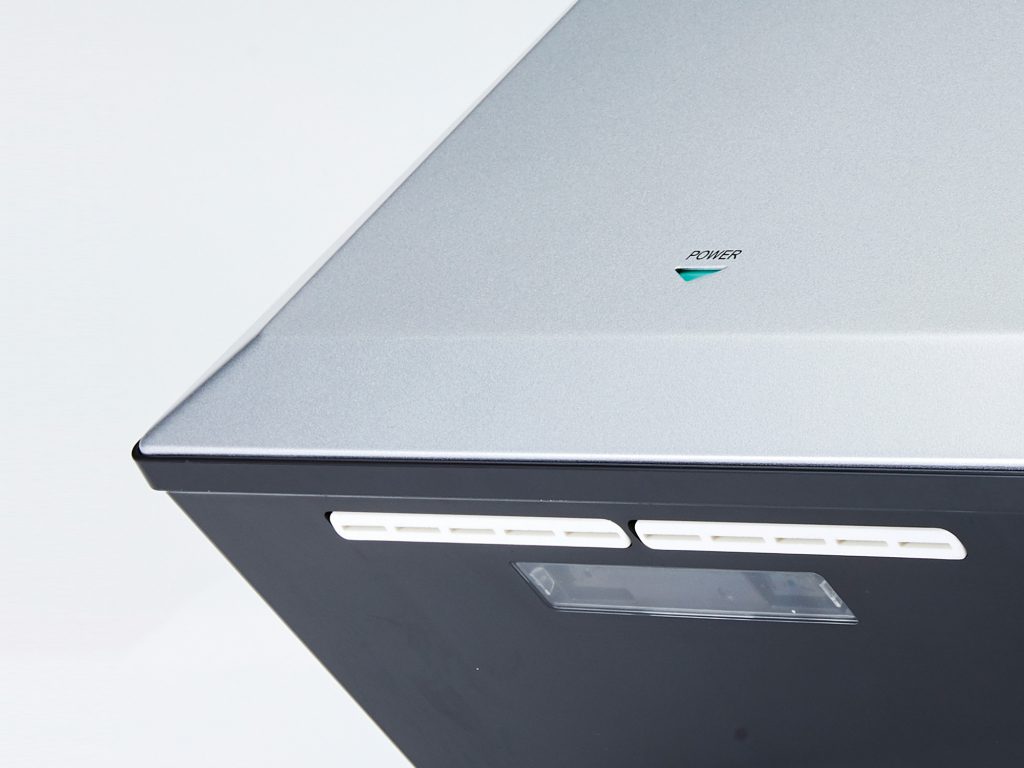Can You Reduce Energy Use from Hand Dryers
Modern hand dryers are designed to be as efficient as possible, using a variety of different innovations to ensure that they work effectively while using as little energy as possible. More efficient hand dryers will cost you less to run, and are also better for the environment.
How Much Energy do Hand Dryers Use
There are two main types of hand dryer. Those which use slow moving warm air to evaporate the water from the surface of the user’s skin, and those which use a fast-moving jet of air to displace the water. These different designs of dryer work in different ways, and use different amounts of energy, so if you are keen to reduce your electricity usage, it is important to explore which is more efficient.
Evaporative Hand Dryer Energy Use
A traditional hand dryer design uses a heating element and a fan to blow warm air over your hands when drying. Electricity is used to power the heater and the fan motor, and typically it will take around 30 seconds for the drying process to be completed.
The power rating of hand dryers can vary depending on the motor and the temperature of the air being blown, but typically, a traditional hand dryer will use about 3.5p of electricity each time it is used. Over the course of a full year, if the dryer is used 250 times per day – as might be the case in a restaurant, office or school, the total cost of electricity to run the dryer will be approximately £80 and equate to approximately 265Kg of carbon emissions.

